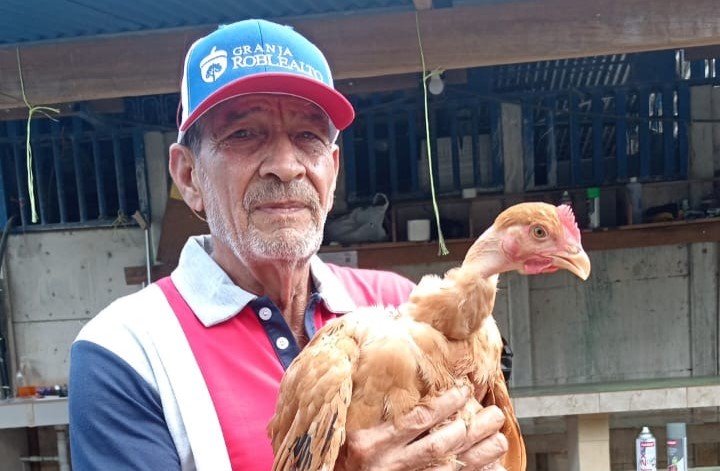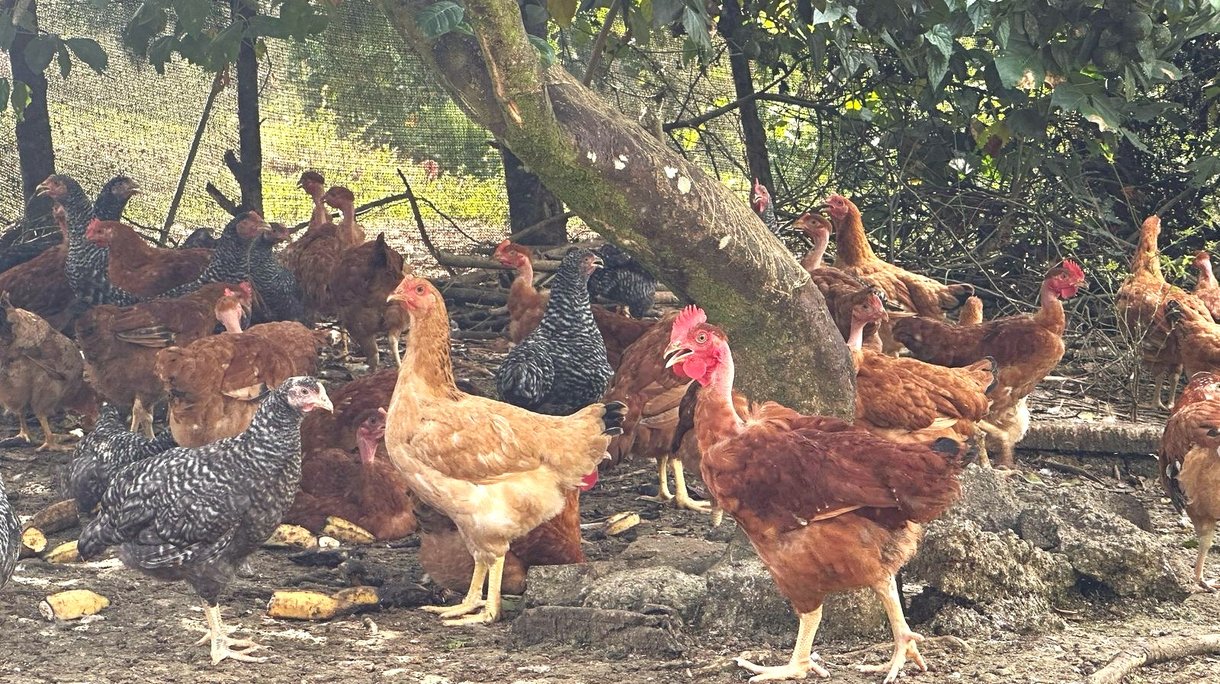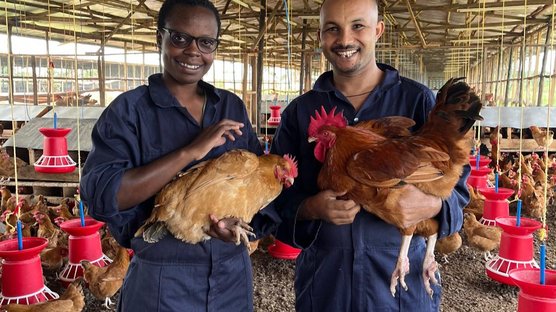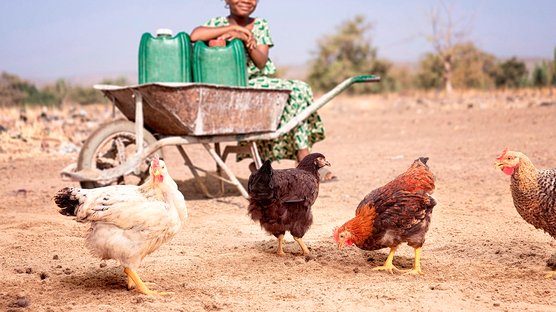
Published on June 13, 2025
SASSO chickens performing in extreme conditions - Interview with a farmer from Costa Rica
Our customers are the best people to talk about how well our colored chickens in their local conditions. In this interview, meet José Fernandez, a farmer working with our customer Granja Roblealto, who's been raising SASSO chickens for years and discover his day-to-day life with his birds on his farm Finca la Chola.
Introduce yourself and describe your job.
My name is José Fernandez and I have been working with SASSO chickens for five years. I already had experience in poultry farming in the 2000s with conventional broiler chickens, but at that time it was not profitable due to the selling price of the product and the location of the farm. Today, with SASSO chickens, it has been easier because they are much more resistant to disease, they are more rustic, and they can withstand the climatic conditions where the farm is located.
At the beginning of the operation with SASSO, I had some difficulties. I had built a farm far from my home, and because of the distance, it was exposed to attacks from predators (snakes, crocodiles, manigordos, etc.). I lost up to 60% of my production. So I decided to relocate the activity closer to my home, where there is more surveillance and where predators do not come near due to the lighting and fencing around the farms.
Why choose SASSO chickens?
I live in a very humid tropical area, with temperatures reaching 35°C and relative humidity between 90-95%, where it is normal for it to rain three times and the sun to shine four times in a single day. SASSO chickens are the only ones that can survive and perform well in these extreme conditions. Their hardiness is a fundamental characteristic. Currently, I raise and produce the Ruby N, Thunder, and Ruby C lines, which are very productive chickens in our conditions and perfectly meet the needs of my customers.

How do you manage your business?
We produce and deliver an average of 300 chickens per week, which is a lot for a producer like me, given the rural area where my farm is located. My goal is to maintain a monthly production and delivery of at least 1,000 chickens. I currently employ five people full-time and up to seven on slaughter days. This is an innovative family project that generates jobs in the community and is also a stable source of income for my family. Right now, demand for the product is higher than my production capacity, so I plan to keep growing the business.
As for the rearing model, the chickens arrive at a “brooder” farm and are kept indoors for the first 15 days under controlled temperature, ventilation, and lighting conditions. As the chicks grow, the barn is gradually opened up, and after two months, the chicks are released into pastures to graze. They feed and exercise in the pastures, which strengthens their muscles and improves the texture of their meat. They are slaughtered at approximately 2½ to 3 months of age, when they reach a live weight of more than 2.4 kg.
How do you meet the needs of your customers?
I only work with Chinese customers in Costa Rica. They are looking for a unique product and are willing to pay for quality: they want whole chickens, with heads and feet, and above all with firm meat and a more yellow color. My chickens are of better quality than those found in the local market thanks to SASSO genetics and free-range farming.
You have developed original solutions for feed. Can you tell us more about them?
Yes, I have developed a homemade recipe based on mashed plantains and ripe bananas with their skin, mixed in equal parts with commercial feed. This reduces feed costs, and I also use organic material available on my farm, so that it's eco-friendly. I also give them ground corn to ensure the yellow color of the chicken skin, which is an essential requirement demanded by my customers.
In three words, how would you describe SASSO chickens? What would you like to improve?
In three words? No, in one: excellent!
For me, the main advantage of a SASSO chicken is its rusticity and resistance. Then I would say that its profitability and return on investment makes it an exceptional product, because you get 100% out of it!
Otherwise, I don't have much to complain about, although I would also be interested in heavier breeds that are just as robust, as long as they meet my customers' requirements.




